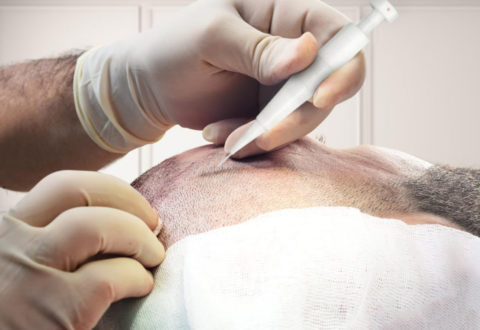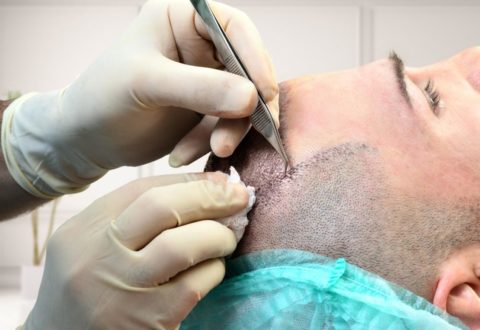DHI technique or manual technique? Which technology sets the tone?
Like human skin, hair has its own colour, volume and appearance. Unfortunately it fades with age. Hair loss and a receding hairline can knock on your door at 30 or even earlier. A hair transplant is the only permanent solution when baldness begins. However, the hair transplant technique used in hair transplantation plays a very important role in achieving desired results.
The DHI hair transplantation technique has proven to be the optimal hair transplantation technique under certain conditions. The procedure has been used for over twenty years. It requires attention to detail, precision and care in the direction, depth and angle of the inserted follicles. This is the only way to achieve lasting, natural results that will last a lifetime. In the Turkish partner clinics, basically all methods of intervention are possible. The decisive factor is always the individual prerequisites of the patient.

The advantages of the DHI hair transplant technique
The DHI technique is particularly recommended when the affected problem zone is still manageable. There are no scars on the scalp. In addition, the procedure is 100% painless. Unlike FUT or FUE, where a scalpel is used to cut the strip of skin, DHI uses a patented tool 1 mm or less thick, specially designed to prevent scarring or damage to the hair follicles.
The DHI hair transplantation technique consists of two steps: extraction and implantation. The key element for this procedure is the donor region. It is located at the back and sides of the skull. These are the only regions of the skull that are not affected by hair loss. Here, the hair follicles are carefully removed and reimplanted in the region suffering from hair loss using a patented DHI hair transplant device. During the extraction process, each individual hair follicle is removed with the highest precision using a specially developed and patented DHI instrument, which has a microperforation of approximately 0.7 mm – 1 mm in the donor area. This technique is gentle and guarantees maximum efficiency.
The manual extraction approach
Manual removal opens up more sensitivity and shaping possibilities for the surgeon A manual punching process enables the surgeon to evaluate the difference in tissue resistance by sensation. This is particularly important for larger grafts. The resistance of the hair shaft differs from the surrounding connective tissue. The use of manual staples allows the surgeon to feel resistance and stop penetration. Although manual procedures can cause hand fatigue, this is a perfect and guaranteed method to take into account the patient’s individual conditions including skin sensitivity, graft angle and direction.
.
Implantation with DHI pin
The implantation is the second stage of DHI hair transplantation. This stage also requires a precise procedure to achieve a perfect result, tailored to the patient’s needs. In this phase, the implantation steps follow a consistent process in which the specialist works closely with a certified assistant. First the hair follicles are sorted and classified according to the number of grafts they contain and then precisely placed in the bald area. Patented tools are selected for this purpose.
For technical use, a small pen with an integrated spring is used, which is equipped with a threaded needle. This device gives full control over the direction, angle and depth of the follicles. This ensures that the hair then grows in the right direction and gives a full and harmonious hair appearance. By restoring a natural capillary line, the graft distribution opens up the chances of a denser hairline with excellent texture.




